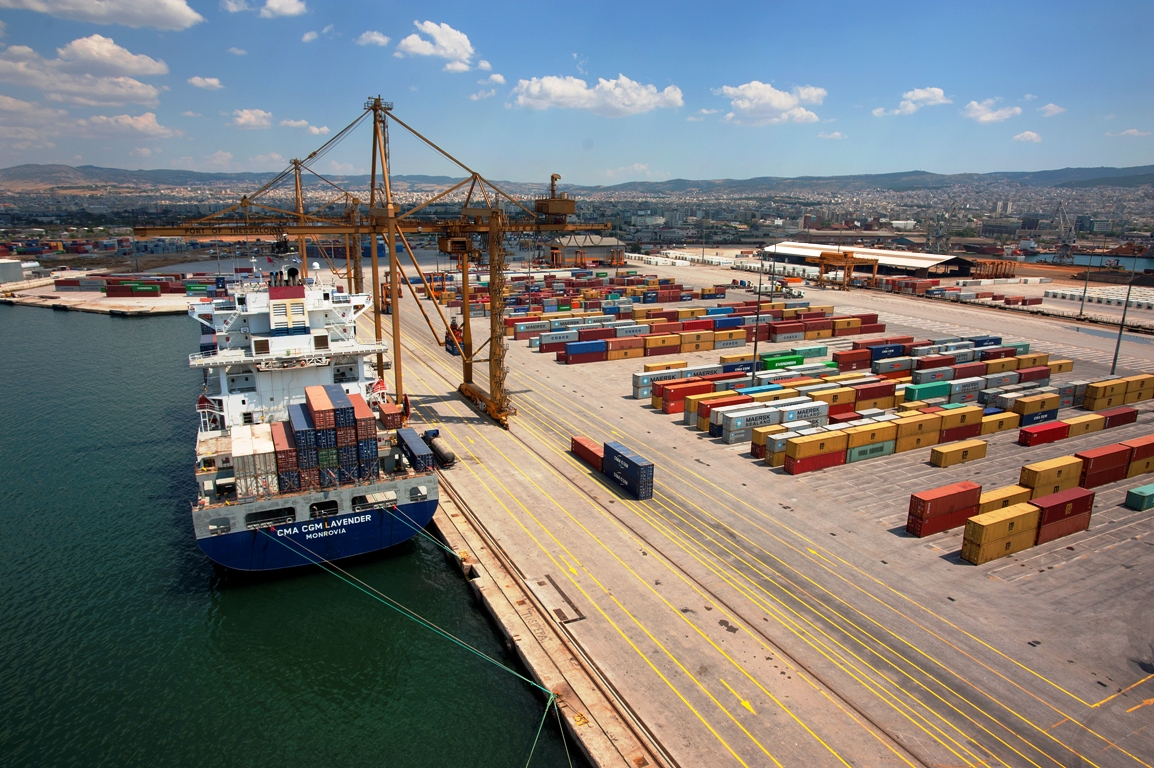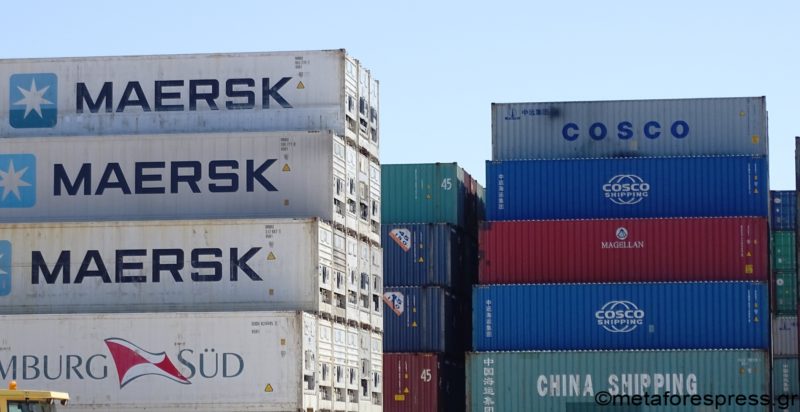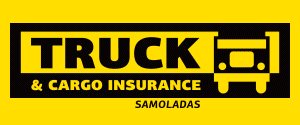Keeping drivers safe is important for everyone on the road, especially with 115 million cars and trucks hitting U.S. streets every day. Not everyone who drives will get into an accident. However, the risk is much higher for truckers who drive every day for work.
A range of factors can cause crashes. One of the most worrisome -and most easily avoidable- is distracted driving. That could be eating, taking a call, or any other number of distractions, but more often than not it’s texting. Despite laws prohibiting it, 42 percent of drivers admit to reading text messages or emails while driving.
Supply chains that employ truckers feel the monetary strains associated with those hazards. Beyond lost productivity, accidents cost companies $56 billion in 2017. Not only is an accident expensive for the supply chain, but it also puts a trucker’s safety at risk.
Supply chain managers can identify risky drivers, reduce liability, and protect their truck drivers in several ways:
MVRs. Understanding how to efficiently obtain Motor Vehicle Record (MVR) information on drivers might be a challenge since each state jurisdiction has its own criteria for carrying out MVR checks.
No matter how tedious the process, MVRs are an important tool to ensure that drivers act responsibly behind the wheel. These checks provide information about expired licenses, moving violations, and other traffic infringements concerning potential new hires.
Further, the U.S. Department of Transportation has deployed its Smart Roadside system to improve the safety, mobility, and efficiency of truck operations on the road. Key to this program is its Electronic Screening to identify the “safe and legal vehicles that are allowed to continue on their route.”
If the government is investing its resources into a program such as this, then it only makes sense that individual companies also do their part to utilize MVRs to ensure they hire reliable drivers.
Telematics. MVRs provide only initial information such as a history of citations and accidents. They do little to offer a complete picture of a driver’s good or risky behavior.
Telematics help even more by utilizing sophisticated technology such as GPS systems and plug-in devices that track specific data from trucks. If a driver frequently swerves between lanes or accelerates rapidly, telematics would record and report this information.
Training. Training programs identify each driver’s areas of focus and then provide engaging and up-to-date training modules to make the most of their learning process. The right program involves regular training sessions, and as the lessons continue, progress is tracked in reports, allowing employers to see advancements or implement areas for improvement.
Mitigating risk
There is always some risk associated with keeping truckers safe while on the road. But with the right set of solutions and training, supply chain managers can mitigate risk and decrease the likelihood of their truckers getting into serious and costly accidents while on the job.
(By Pat Larkin, Inbound Logistics)
















































